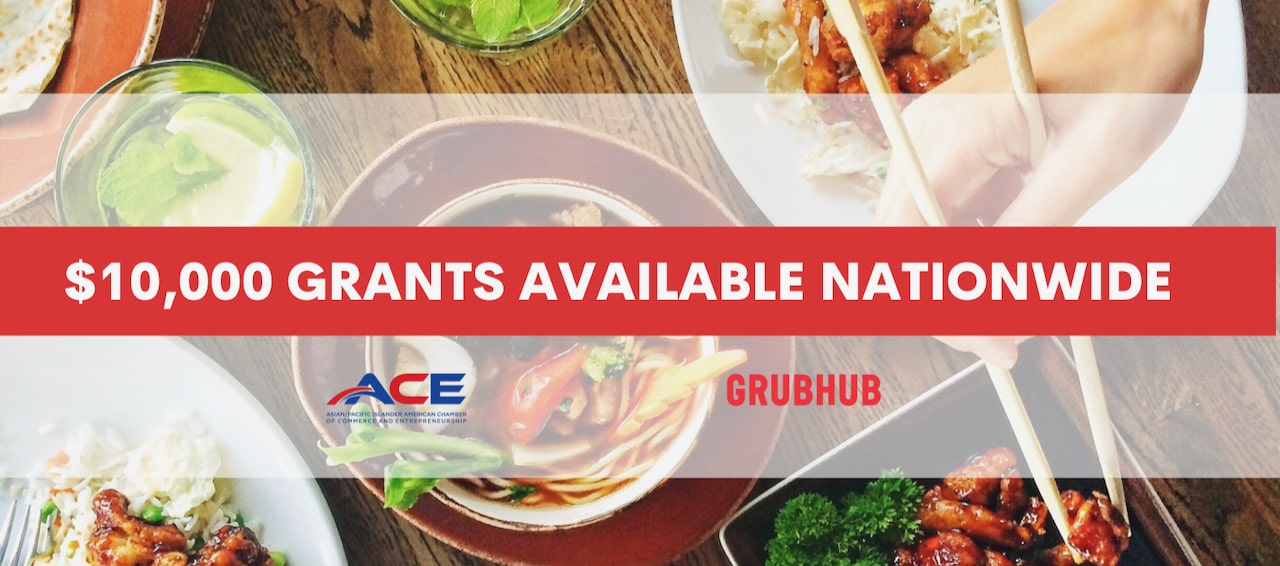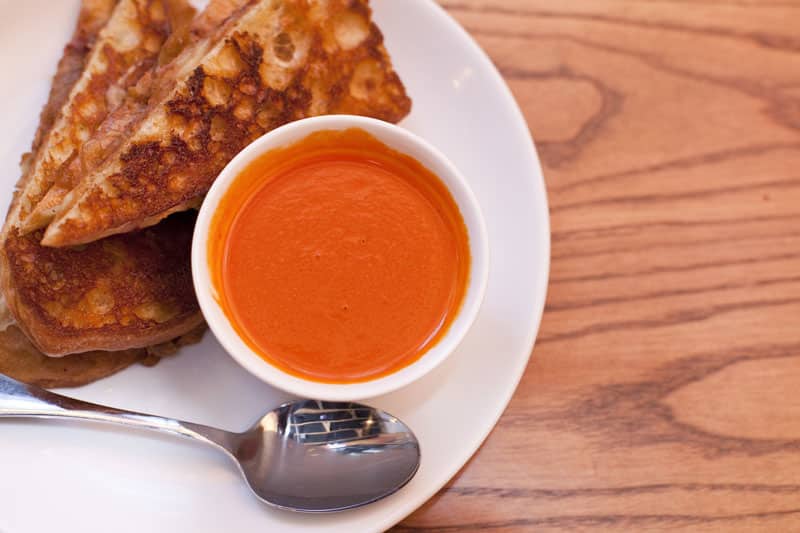Sign up for restaurant insights
Scroll through any major food delivery app and you’re likely to come across restaurants that seem to only exist online. Chances are, they’re ghost kitchens — virtual brands that use delivery platforms like Grubhub to reach hungry diners. Flexible and cost-effective, this business model is an ever-growing trend in the restaurant industry.
Developing a virtual brand is a great way to capture the growing delivery industry. Restaurateurs, chefs, and entrepreneurs typically will launch their virtual brands either through a ghost kitchen or as a virtual restaurant that operates in tandem with their brick-and-mortar concept.
How we talk about virtual brands and delivery-only restaurant concepts can be a bit confusing. The restaurant industry uses terms like ghost kitchen, cloud kitchen, dark kitchen and virtual restaurants when talking about delivery-only restaurant concepts, and all these different terms can make it difficult to understand which model is best for launching your virtual brand.
In this article, you’ll learn the differences between ghost kitchens and virtual restaurants so that you can decide which model will work best for launching your virtual brand.
What’s a ghost kitchen?
A ghost kitchen is a commercial kitchen that makes meals for delivery only. These operations don’t have visible physical presences. Instead, they operate in the digital space. You’ll find their “ghost menus” — menus that are only available for delivery — on food delivery apps. Some even have full-fledged online ordering websites to bring in more business.
Ghost kitchens can operate out of any commercial kitchen. Some use the kitchens in existing restaurants. Others pay for time in standalone commercial kitchens, often sharing the space with caterers and virtual restaurants.
As food delivery has become more popular, so have ghost kitchens. The delivery market in the United States doubled during the pandemic, and it continues to grow even as the restaurant industry returns to normal. Customers have embraced the convenience of apps like Grubhub, creating the perfect environment for virtual restaurants to thrive.
Ghost restaurants vs. traditional establishments
Ghost kitchens and traditional restaurants both create menus and prepare food for individual customers. However, a ghost kitchen lacks the familiar trappings of a typical brick-and-mortar restaurant brand. It doesn’t have a storefront, signs or dining area; there are no front-of-house staff members, and customers can’t stop by to pick up takeout.
If you already operate a restaurant or you’ve always wanted to start one, the ghost kitchen concept is worth considering. The barriers to entry are lower, which means you can get up and running in less time. In fact, many traditional restaurants run ghost kitchens as a way to reach new audiences, try out new cuisines or test new dishes.
Before you open a ghost kitchen or add a virtual brand to your restaurant, it’s important to understand what’s involved. You’ll still need to secure funding, find suppliers and obtain permits and licenses. This process might be faster if you already own a restaurant, but it still takes time. Your local health department and business development office can help you understand the rules.
Because ghost kitchen brands don’t have the advantage of a storefront to build awareness, marketing is critical. You can take advantage of your delivery partner’s promotions and loyalty tools to reach new audiences and gain customer reviews. Check out our guide on how to make your virtual restaurant brand irresistible.

Pros and cons of operating a ghost kitchen
Given the costs and risks associated with opening a traditional restaurant, many entrepreneurs consider alternatives such as ghost kitchens and food trucks. As you consider whether a virtual food-service business is right for you, it’s important to take an honest look at the pros and cons.
Pros of operating a ghost kitchen
Some of the reasons people choose to start ghost kitchens rather than physical restaurants include:
- Lower startup costs. With a ghost kitchen, you don’t need to buy property and equipment. Instead, you can lease the space and equipment in an existing licensed commercial kitchen.
- Low operating costs. A ghost kitchen doesn’t require servers, bussers, hosts or bartenders, so you can dramatically reduce labor, hiring, and training costs. Plus, you don’t need to worry about washing customer dishes, maintaining furniture, paying decorators and cleaning a dining area.
- Lower risk. Lower startup costs also mean less risk; if the ghost kitchen doesn’t work out as expected, you’re less invested.
- Maximizes resources. For existing restaurants, a virtual restaurant is a way to get more value from staff and equipment. It helps you increase revenue without investing in additional space.
- Easy experimentation. A ghost kitchen removes the limitations of your current restaurant brand. It’s a safe space to experiment with new food items and cuisines to see what customers respond to. Because the entire operation is digital, you can change up your offerings without reprinting menus.
- Convenient delivery. Food delivery apps are optimized for ghost kitchens, so you can get your food to customers without hiring or managing delivery drivers.
- Low-contact meals. Since the COVID-19 pandemic, diners have been increasingly interested in low-contact food operations. It’s one of the reasons ghost kitchens are so popular — fewer people come into contact with the food.
Cons of operating a ghost kitchen
No business model is perfect, and ghost kitchens also have some drawbacks:
- Limited plating creativity. Because you’re packaging food for delivery, there are fewer ways to present it beautifully. Instead, you must focus on packaging that keeps the food in good condition while in transit.
- Environmental impact. While ghost kitchens use less energy and materials, they use a higher volume of packaging. If you want to control your environmental impact, you’ll need to find sustainable packaging options.
- Tight margins. Restaurants almost always have tight profit margins. With ghost kitchens, you must factor in additional costs for packaging and food delivery fees.
- Challenging brand building. Building brand awareness for a virtual restaurant is often more difficult than it is for traditional restaurants. Because you don’t have a storefront or signs, you must work harder to reach customers.
If the benefits of ghost kitchens outweigh the cons for your operation, it’s an option worth pursuing. The Grubhub virtual restaurant checklist can help you get started.

Are ghost kitchens the future of the restaurant industry?
Ghost kitchens are likely to be an important part of the restaurant industry in the coming years. While these virtual operations are unlikely to overtake brick-and-mortar restaurants — customers still enjoy the community and connection of in-person dining — they’re gaining a bigger market share.
It’s easy to see why: Virtual restaurants speak directly to the needs and preferences of modern consumers. They’re inherently convenient, allowing diners to use tech trends such as contactless payments, third-party food delivery apps and digital loyalty programs. With the right infrastructure, ghost kitchens can develop sustainable operations that satisfy customers’ desire for eco-friendly dining solutions.Ghost kitchens are here to stay, and if you’re interested in joining the virtual charge it can help to have a partner like Grubhub by your side. Listing your virtual restaurant on Grubhub Marketplace can give your brand instant exposure. As you consider how to expand your existing restaurant or start a new ghost kitchen, explore the ways Grubhub can help you get started.






